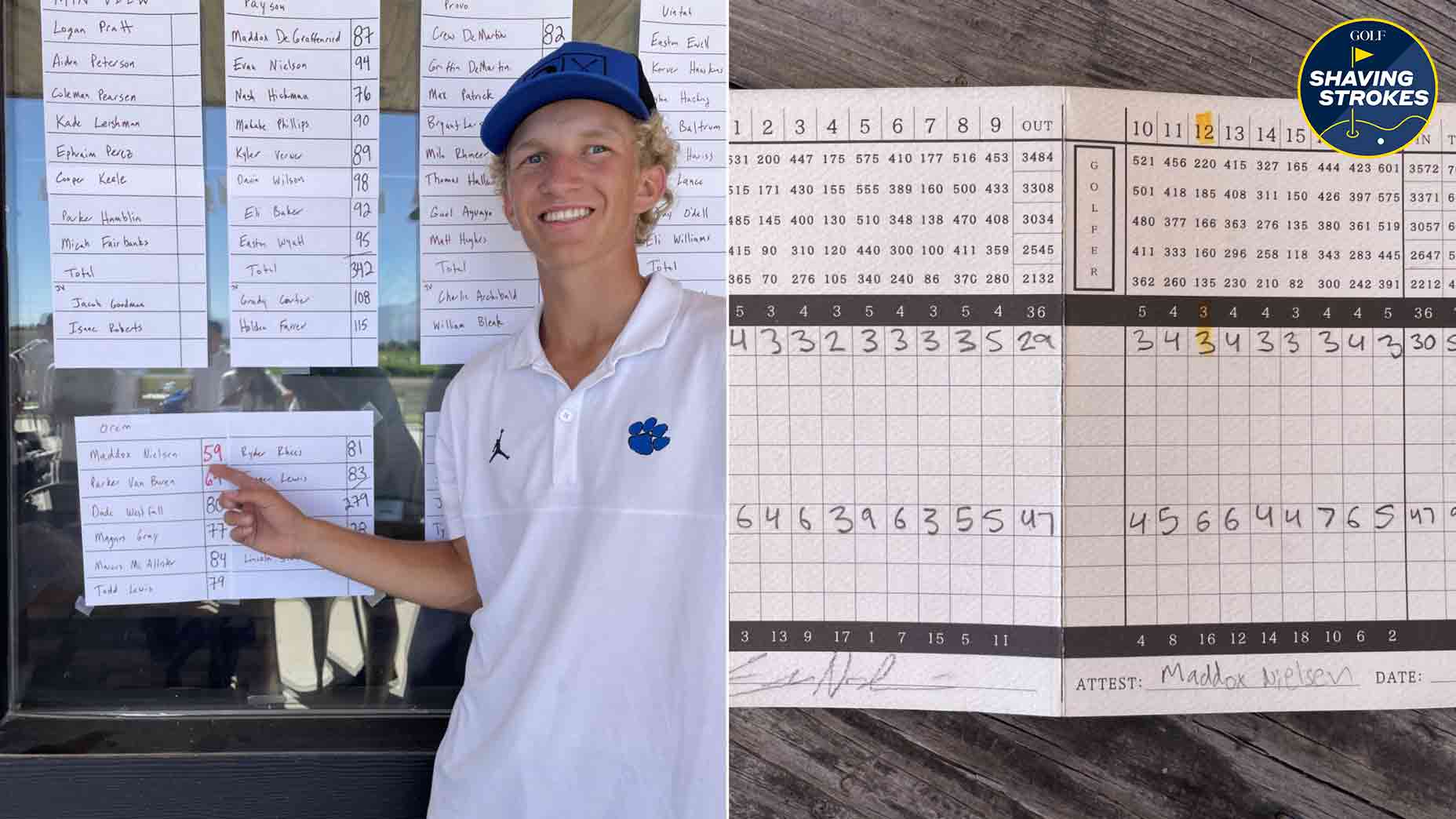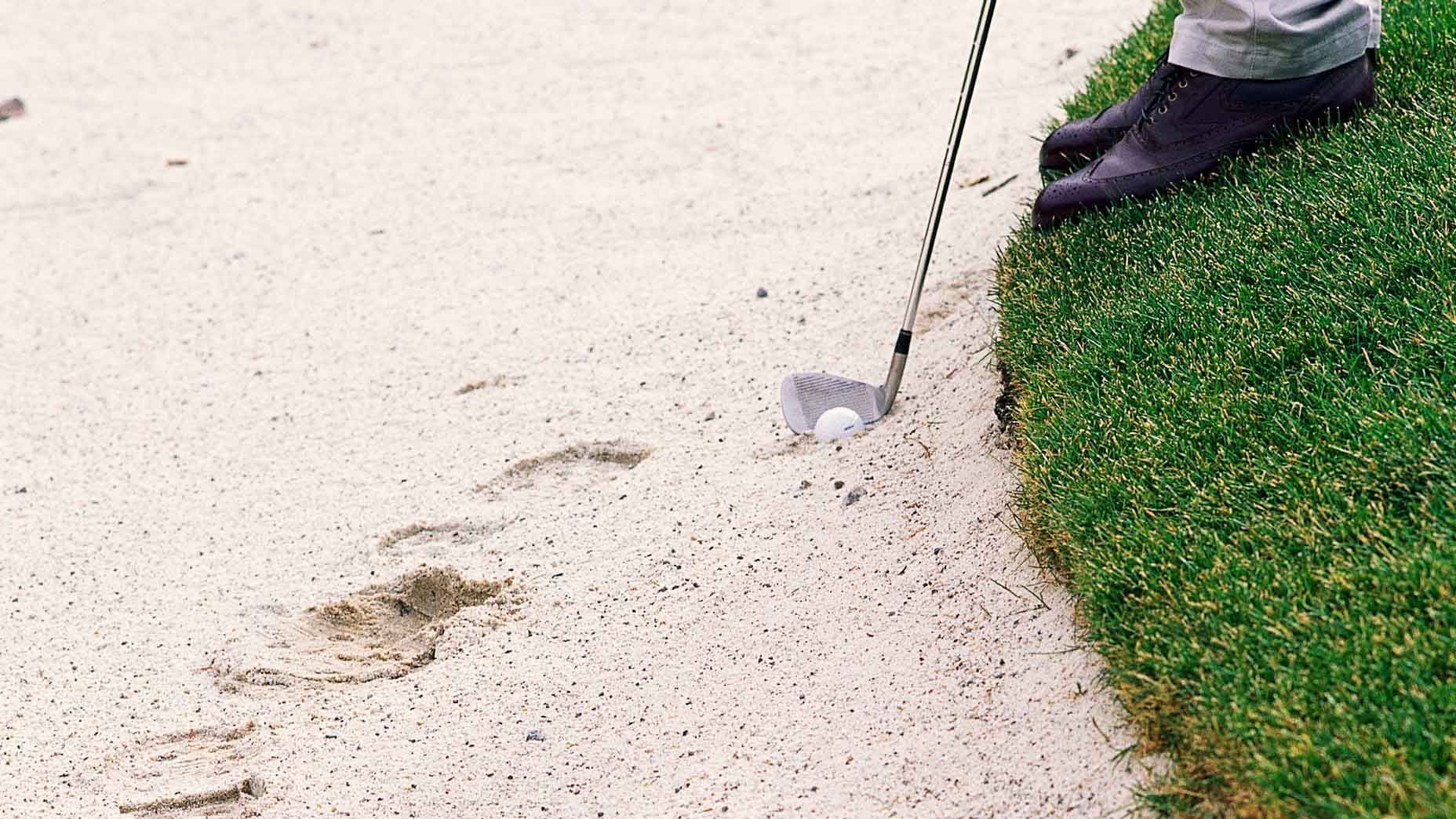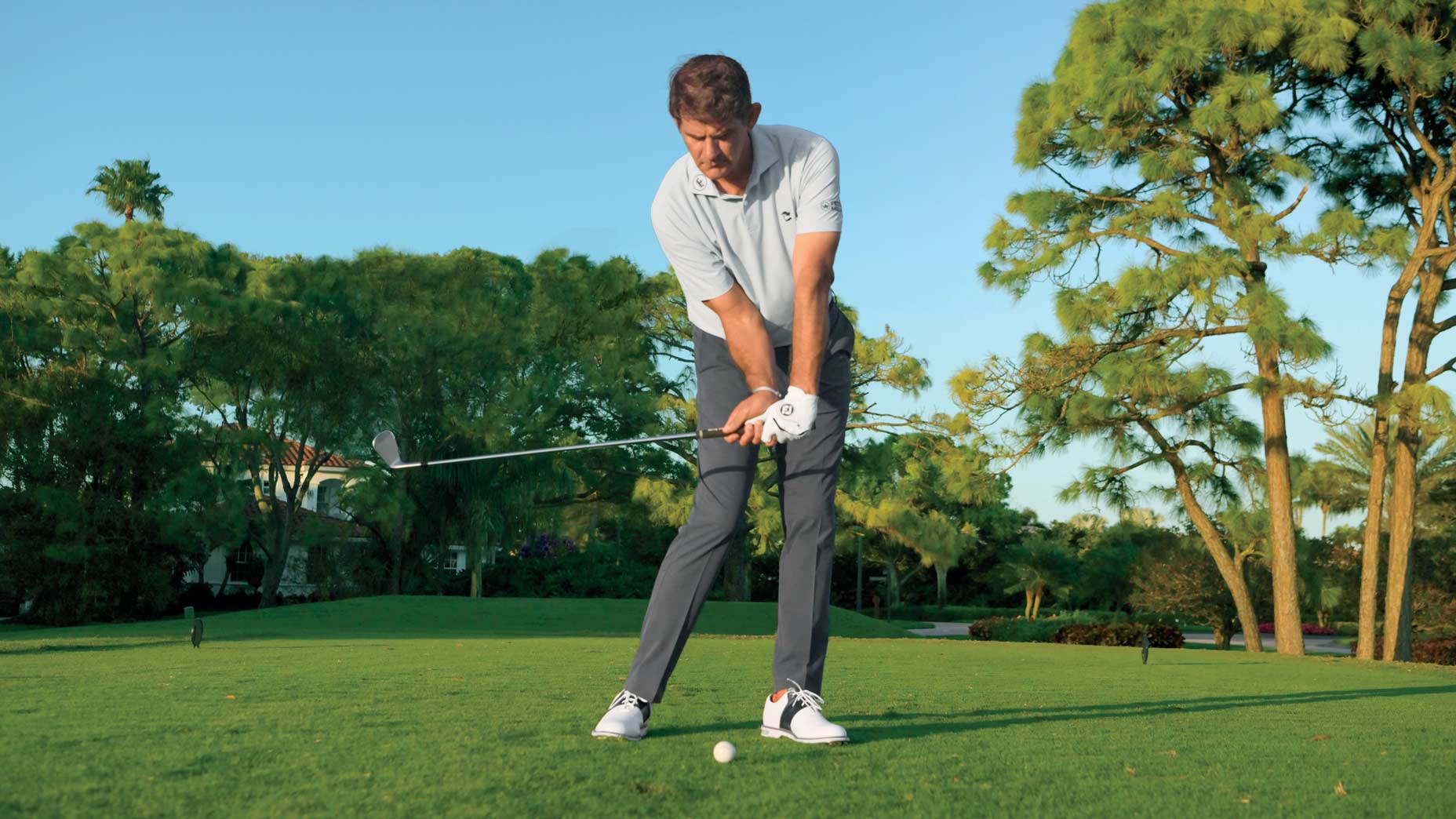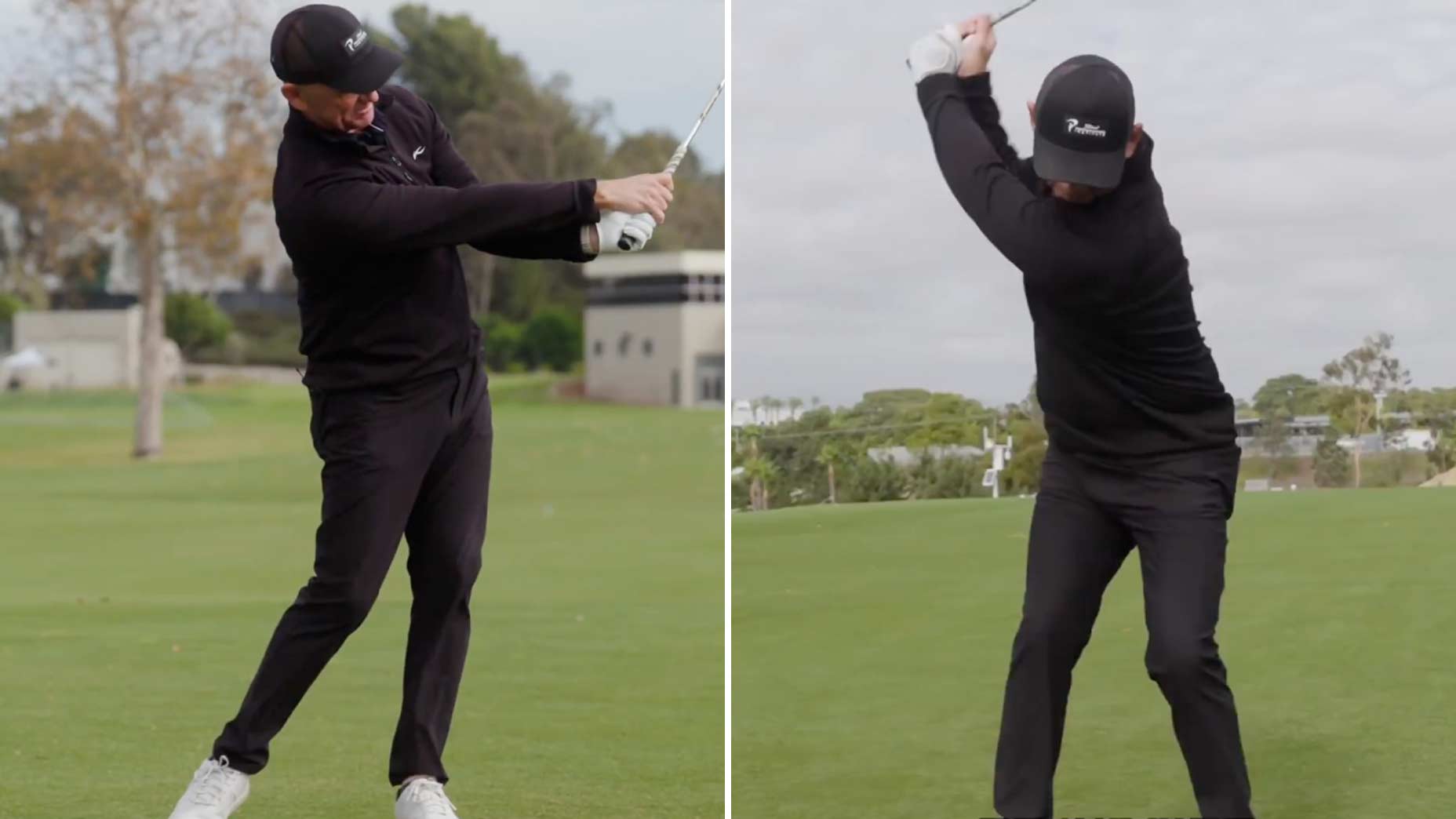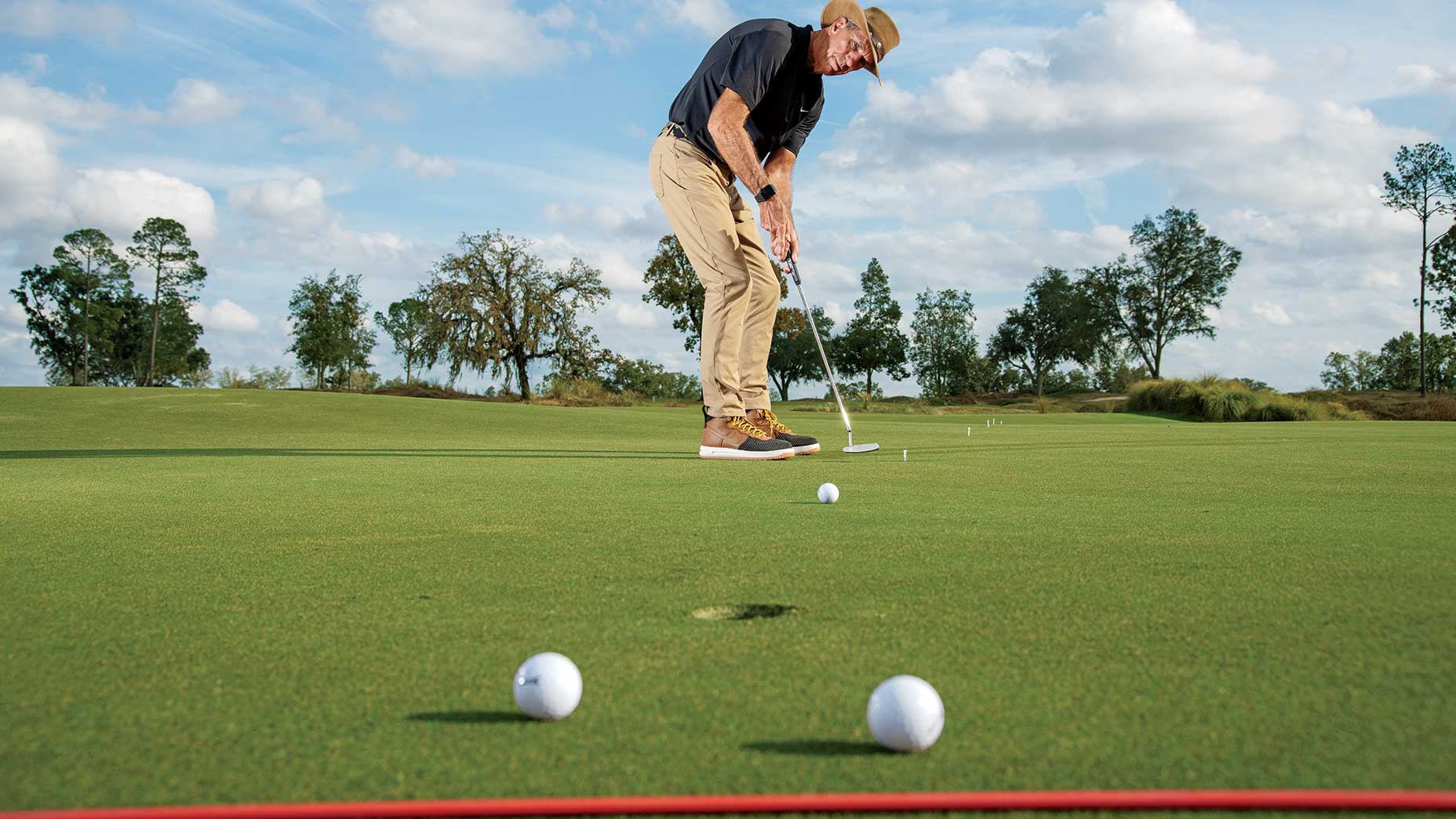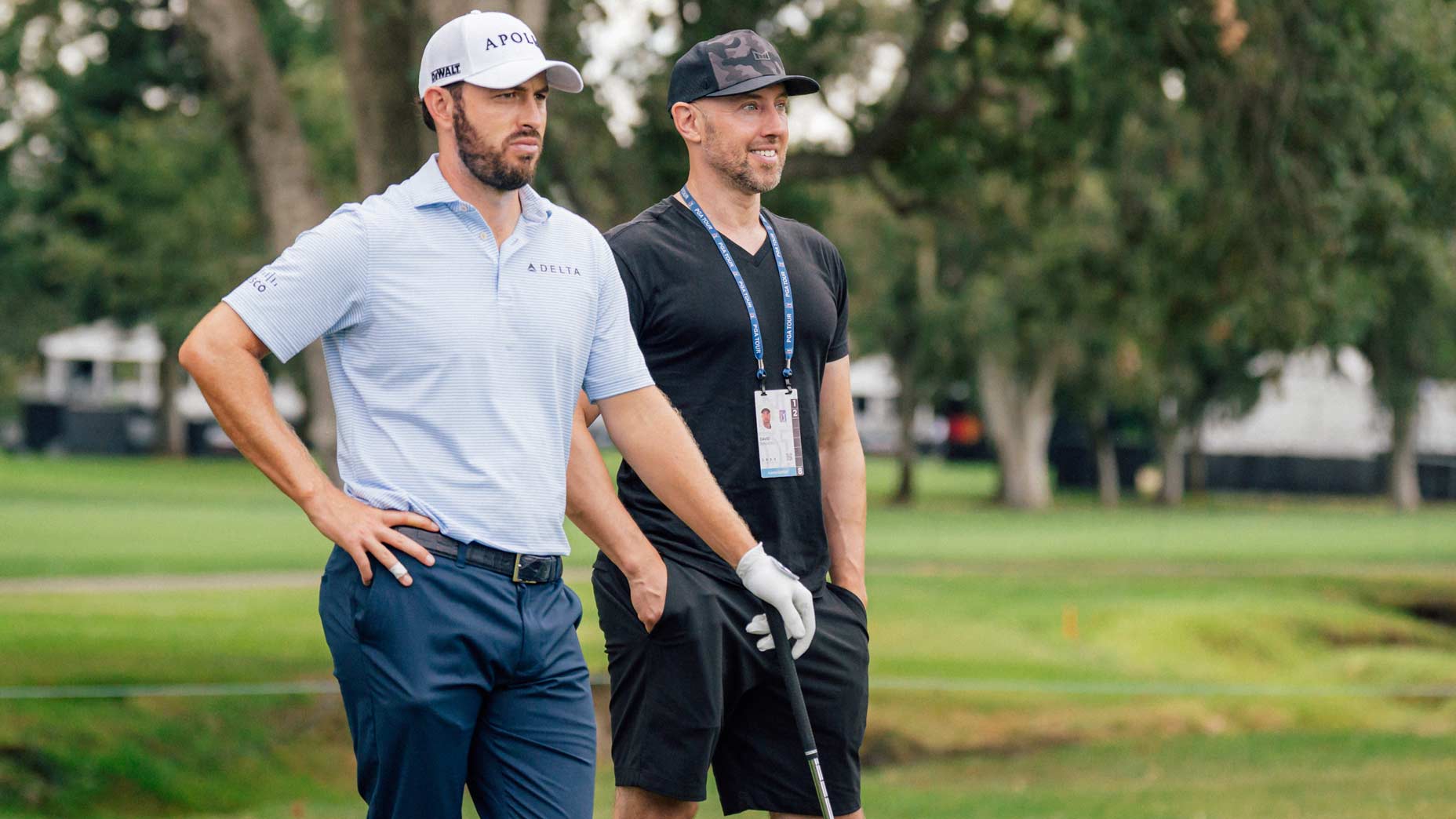When I was in high school, there was very little commitment to improving my golf game. Sure, I was out there playing rounds about twice each week with buddies after our mindless summer jobs, but it was mainly just about the leisure and entertainment more than the whole scoring low thing.
Those hours on the golf course are some of my fondest memories as a teenager, and I’m convinced they not-so-secretly kept us out of some trouble back in the day.
While we sure had fun, we didn’t really gain a lot as golfers, with none of us ever actually taking a lesson.
That’s where the game has really changed for a new generation of young golfers, though, because, unlike my crew 25 years ago, they’re not just passionate about playing the game, but they’re taking the time to commit to get better, too.
This HS golfer went from a 12.8 to a 4.6 handicap in 12 months. Here’s howBy: Nick Dimengo
One of those kids is Maddox Nielsen, a high school golfer who has seen serious gains in his golf game over the past year thanks to the help of GOLF Top 100 Teacher Tim Cooke.
“The talent level of junior golfers grows each and every year, and it’s time to add Maddox Nielsen to that list of incredible young golfers,” Cooke says. “He just shot 59 in a high school tournament.”
So what has Cooke helped Nielsen with the most to get to this point? The top teacher outlined a few things below — which may help you take a big step in improving your golf game, too.
How this high school golfer improved in 12 months

Over the past year, Cooke says Nielsen has shown tremendous growth — after all, it takes more than luck on a certain day to shoot 59 — which is evident by his rise up the junior golf rankings.
As Cooke explains, the Junior Golf Score Board “scoring differential” calculator is an easy way to compare players from all over the country who play in different tournaments. It’s an average difference between a player’s scores and the USGA course rating. Nielsen has moved from +0.93 (ranked around the 1,700th junior in the country) all the way to -2.38 (now ranked 408th).
Even more impressive since most of their lessons are virtual.
“Like many of my competitive players, Maddox doesn’t live close to Hilton Head or the Sea Pines Resort, so his development over the past year is dictated by a clear plan of improvement, some remote follow up, and a ton of work on his part,” Cooke says. “Over the past 10 months, I’ve been able to see Maddox three times for half-day sessions — with these in-person lessons making it easier to refine his game plan when he’s working on his own back home in Utah.”
Cooke says one of the main differentiators between Nielsen and his peers is the teenager’s athleticism — something the top teacher quickly noticed and used to develop the high schooler’s improvement plan.
“Maddox is an incredible athlete, having played multiple other high school sports so can make changes quickly,” Cooke says. “In my initial assessment with him, it was evident that he had great swing speed and could hit great shots, but he lacked the consistency needed to lower his competitive scoring average.”
Despite that natural ability, Cooke was able to identify some issues with Nielsen and quickly focused on those areas to help lower his overall scores.
“At first, he’d keep too much pressure on his left side in the backswing, then spin from the top with his body which created a thin and left miss. So we started with bringing consistency and checks to his setup balance, allowing for an early pressure shift to his right side in the takeaway,” Cooke says. “The early practice together involved time in front of the mirror at home, which offered Maddox visual feedback for the recommended setup changes we wanted — feet flared to 11 o’clock and 1 o’clock, nose above the belt buckle from a face-on perspective, and then standing on an aim rod so he could feel the balance points in the feet in the front of the arch and not the heels.”
Trouble with your takeaway? Use this go-to guide for an easy fixBy: Nick Dimengo
Cooke then implemented a plan to get the teenager to feel the necessary weight shifts in the golf swing. Since Nielsen couldn’t physically be with Cooke, the top teacher couldn’t use force-plate technology — so he cooked up a plan to work on this virtually.
“I have the benefit of having Swing Catalyst force plates, so I can measure how people move and create force — but we needed exercises and feedback so that Maddox could practice this back in Utah,” Cooke says. “So we worked on shifting the lower body slightly to the right, allowing him to feel pressure build up in the middle of the right foot and having the clubhead line up with the hands at the end of the takeaway.
“An early pressure shift of the lower body, not a sway of the upper body, helps the club stay on a more neutral plane on the backswing.”
Almost immediately, Cooke said he noticed improvements in Nielsen’s game. With the right foundation and fundamentals, the teen has been able to go play the best golf of his young life.
“After that first session, we could gradually add and refine his game plan as he played events in the late spring and summer,” Cooke says. “Maddox has continued to work his tail off, sticking to his plan, and watching his scores drop — all the way to a 59!”
